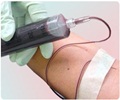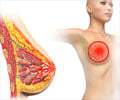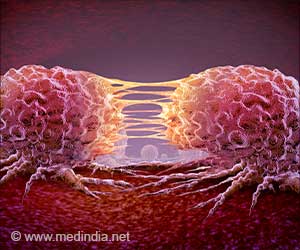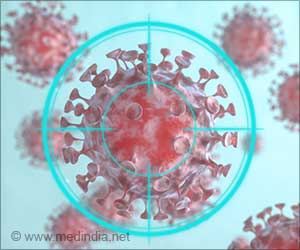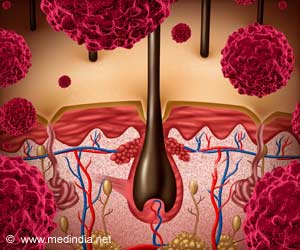
‘Increasing access to health care to low-income populations can further progress the elimination of breast cancer disparities, indicates the role of social and structural factors, and the closing disparity in several states.’
Tweet it Now
And while black women continue to have higher breast cancer death rates than whites nationally, death rates in several states are now statistically equivalent, perhaps reflecting an elimination of disparities in those states. The findings come from Breast Cancer Statistics, published in CA: A Cancer Journal for Clinicians and its companion consumer publication Breast Cancer Facts & Figures, reports published every two years by the American Cancer Society to describe the latest trends in breast cancer incidence, mortality, survival, and screening by race/ethnicity in the United States, as well as state variations in these measures.
Eighty-one percent of breast cancers are diagnosed among women ages 50 years and older, and 89% of breast cancer deaths occur in this age group. The median age at diagnosis for all women with breast cancer is 62 years; the median age at diagnosis is younger for black women than for white women; and the median age at breast cancer death is 68 years overall (70 years for white women and 62 years for black women).
The report outlines substantial variations in breast cancer incidence and mortality rates by race/ethnicity in the United States. Non-Hispanic white (NHW) and non-Hispanic black (NHB) women have higher breast cancer incidence and death rates than women of other race/ethnicities; Asian/Pacific Islander (API) women have the lowest incidence and death rates. Although the overall breast cancer incidence rate during 2010 through 2014 was slightly (2 percent) lower in NHB women (125.5 per 100,000) than in NHW women (128.7 per 100,000), the breast cancer death rate during 2011 through 2015 was 42 percent higher in NHB women (29.5 per 100,000) than in NHW women (20.8 per 100,000).
The steep declines in breast cancer death rates since 1989 have been attributed to both improvements in treatment and early detection by mammography. By the same token, not all women have benefited equally from these improvements, as evidenced by variation in mortality trends. A striking divergence in long-term breast cancer mortality trends between black and white women emerged in the early 1980s and continued to widen over the last several decades, but recent data suggest that the racial disparity may be stabilizing.
Advertisement
"A large body of research suggests that the black-white breast cancer disparity results from a complex interaction of biologic and nonbiologic factors, including differences in stage at diagnosis, tumor characteristics, obesity, other health issues, as well as tumor characteristics, particularly a higher rate of triple negative cancer" said Carol DeSantis, MPH, lead author of the report. "But the substantial geographic variation in breast cancer death rates confirms the role of social and structural factors, and the closing disparity in several states indicates that increasing access to health care to low-income populations can further progress the elimination of breast cancer disparities."
Advertisement








